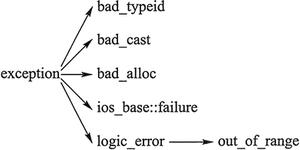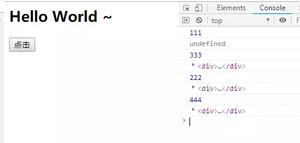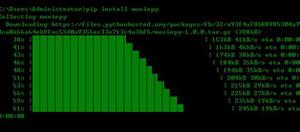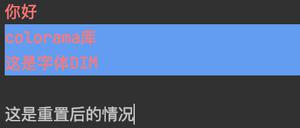python的format函数怎么用

Python2.6 开始,新增了一种格式化字符串的函数 str.format(),它增强了字符串格式化的功能。
python学习网,大量的免费python视频教程,欢迎在线学习!
基本语法是通过 {} 和 : 来代替以前的 % 。
format 函数可以接受不限个参数,位置可以不按顺序。
例如
>>>"{} {}".format("hello", "world") # 不设置指定位置,按默认顺序'hello world'
>>> "{0} {1}".format("hello", "world") # 设置指定位置
'hello world'
>>> "{1} {0} {1}".format("hello", "world") # 设置指定位置
'world hello world'
也可设置参数
#!/usr/bin/python# -*- coding: UTF-8 -*-
print("网站名:{name}, 地址 {url}".format(name="python学习网", url="www.py.cn"))
# 通过字典设置参数
site = {"name": "python学习网", "url": "www.py.cn"}
print("网站名:{name}, 地址 {url}".format(**site))
# 通过列表索引设置参数
my_list = ['python学习网', 'www.py.cn']
print("网站名:{0[0]}, 地址 {0[1]}".format(my_list)) # "0" 是必须的
输出结果
网站名:python学习网, 地址 www.py.cn网站名:python学习网, 地址 www.py.cn
网站名:python学习网, 地址 www.py.cn
以上是 python的format函数怎么用 的全部内容, 来源链接: utcz.com/z/540618.html







